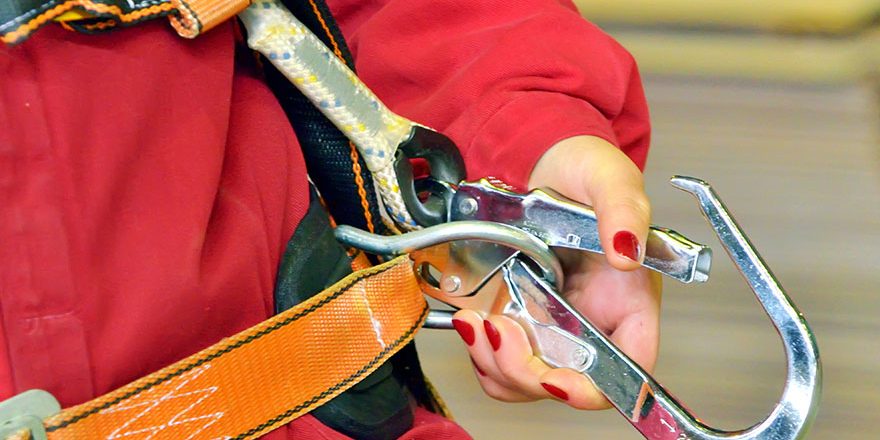The following summarizes the results of an MOL Inspection Initiative that focused on Working at Heights in construction projects. The inspection initiative took place between May 1 and June 30th, 2018.
The initiative was broken down into two (2) phases. The first phase focused on promotion and distribution of information and available resources that employers could use to assist in protecting their workers and ensuring they are adequately informed about the hazards of working at heights.
The second phase focused on targeted site visits with the goal of enforcing component of the initiative.
From June 1 to 30, 2018, Ministry of Labour inspectors:
- conducted 788 field visits including 88 field visits with support role activities.
- visited 707 construction projects
- issued 2,158 orders and requirements under the Occupational Health and Safety Act (OHSA) and its regulations, including 191 stop work orders
According the released report, the goals of the inspection health and safety initiative were to:
- raise awareness of health and safety hazards resulting from working at heights
- verify regulatory requirements are being met, namely the training requirements and proper use of fall protection equipment
- increase workplace compliance with the law
- help to prevent injuries and illness that could arise from unsafe work practices
In 2017, there were seven fatalities and 66 critical injuries attributed to working-at-heights in construction. During that same year, inspectors issued 12,649 orders involving working-at-heights violations at construction projects.
The reports findings are further elaborated below:
Visits to projects
- 788 field visits including 88 field visits with support role activities
- 2,158 orders and requirements issued
- 2,119 orders issued for violations under the Occupational Health and Safety Act and its regulations
- 39 requirements issued to provide an inspector with workplace information
- an average of 3.05 orders and requirements issued per workplace visited
- an average of 2.74 orders and requirements issued per visit
The most frequently issued orders under O. Reg. 213/91: Construction Projects, and O. Reg. 297/13: Occupational Health and Safety Awareness and Training were for:
- failure to wear protective headwear (s. 22) – 217 orders or 10.1% of the total orders and requirements issued
- failure to provide guardrails or protective coverings as required (s. 26.1(1) and s. 26.3) – 79 and 118 orders respectively or 9.1% of the total orders and requirements issued
- failure to provide the highest ranked method of fall protection when guardrails were not practicable (s. 26.1 (2)) – 113 orders or 5.2% of the total orders and requirements issued
- failure to provide a notice of project as required (s. 6) – 89 orders or 4.1% of the total orders and requirements issued
- failure to wear adequate protective footwear (s. 23) – 82 orders or 3.8% of the total orders and requirements issued
- failure to ensure that a worker using a fall protection system is adequately trained in its use as required, and given adequate oral and written instructions by a competent person (s. 26.2 of O. Reg. 213/91 and s. 7(1) of O. Reg. 297/13) – 80 orders or 3.7% of the total orders and requirements issued
- failure to wear protective footwear (s. 23(1)) – 80 orders or 3.7% of the total orders and requirements issued
- failure to comply with the requirements outlined for a scaffold platform or other work platform (s. 135) – 70 orders or 3.2% of the total orders and requirements issued
- failure to comply with the requirements outlined for a portable ladder used as a means of access and egress between levels of a building or structure or between ground or grade level and a building or structure (s. 82) – 69 orders or 3.2% of the total orders and requirements issued
As a reminder to employers, if you have workers in construction who use either of the forms of fall protection listed below, they are required to have received Working at Heights training from a CPO approved provider.
- travel restraint systems
- fall restricting systems
- fall arrest systems
- safety nets
- work belts or safety belts
In conclusion it was explained that moving forward “the ministry will continue to raise awareness of falls hazards, encourage the establishment of a strong internal responsibility system in every workplace, and be receptive to stakeholders’ suggestions and input towards achieving safer and healthier work environments”.
For more information or if you would like to review the full report summary from the MOL, please follow the link below:







